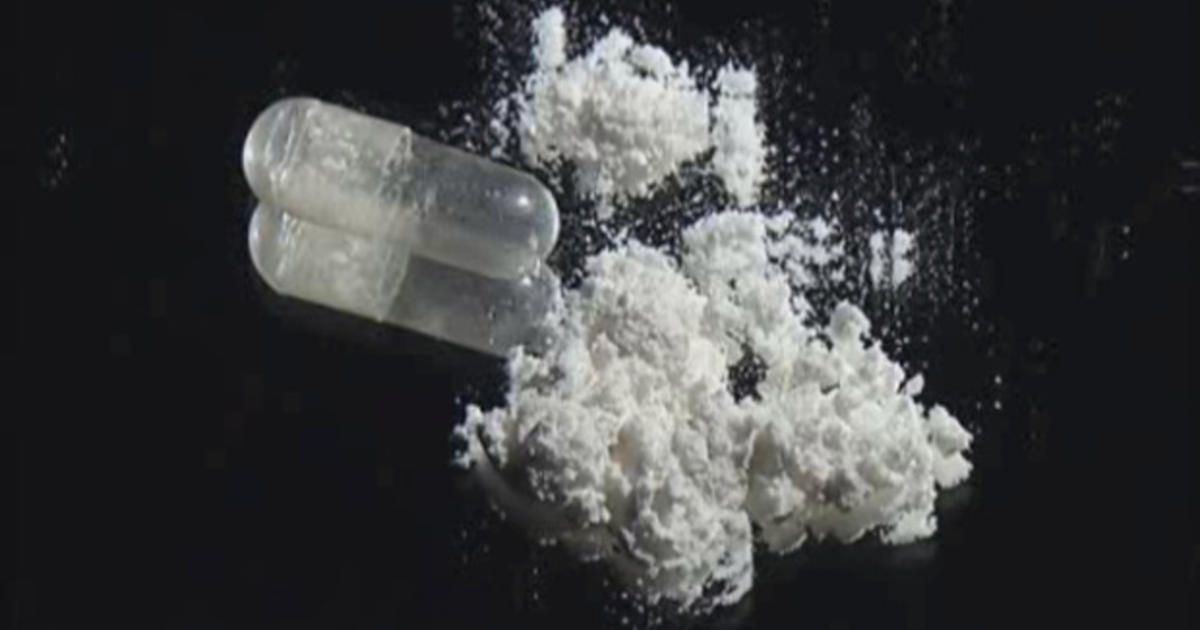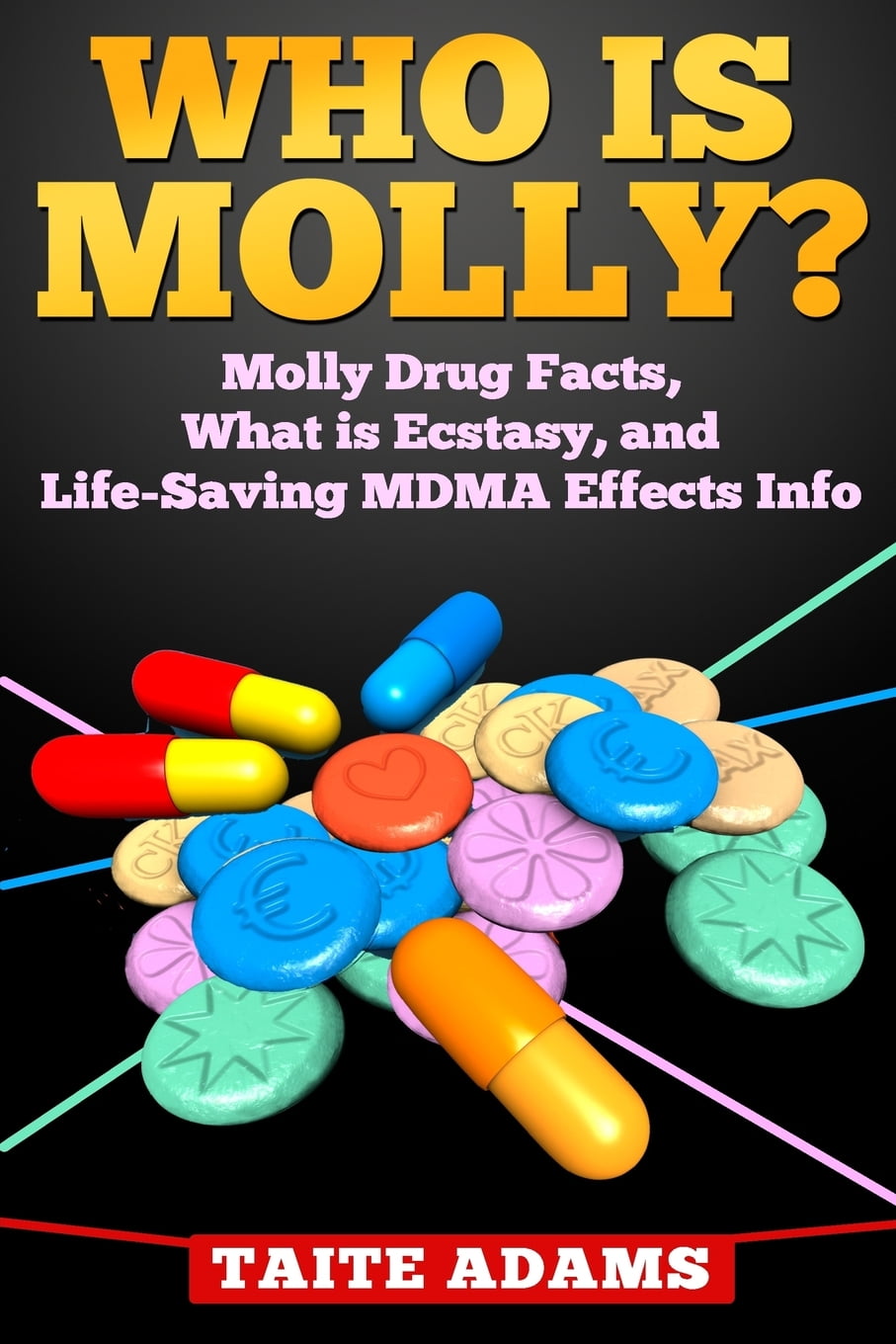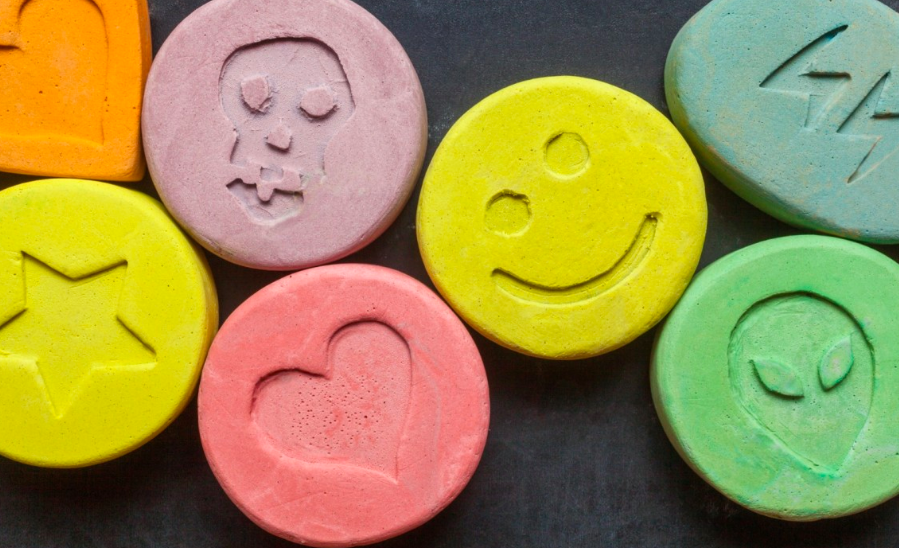Why Molly Drug Busts Are Surging: The Dark Side Of MDMA
Is the party really worth the price? The escalating number of "molly drug bust" incidents signals a chilling undercurrent beneath the vibrant surface of contemporary nightlife, revealing a complex web of distribution, dangers, and societal consequences that demand immediate attention.
Molly, frequently touted as a "purer" form of MDMA, has become a staple in modern party environments, ranging from elite nightclubs to clandestine rave gatherings. This surge in popularity, however, has triggered a cascade of high-profile arrests and investigations, exposing the secretive operations driving its distribution. These "molly drug bust" cases serve as a stark, unavoidable reminder of the significant dangers associated with the drug, affecting not only individual users but also entire communities.
| Name | 3,4-methylenedioxymethamphetamine (MDMA) |
| Street Name | Molly |
| Category | Psychoactive drug |
| Effects | Euphoria, increased empathy, enhanced sensory perception |
| Risks | Dehydration, overheating, cardiovascular issues, addiction, contamination |
| Common Settings | Music festivals, rave parties, nightclubs |
| Legal Status | Illegal in most countries; penalties vary |
| Reference | DEA.gov |
As we dissect these drug busts, crucial questions arise concerning Molly's intrinsic nature, the reasons behind its appeal, and the continuous efforts of authorities to curb its spread. In an era where drug use is often portrayed with a gloss of excitement, grasping the grim reality of the "molly drug bust" phenomenon is more critical than ever.
- Discover Sulasok A Deep Dive Into Filipino Stilt Houses Today
- Understanding The Pretty Scale Test What You Need To Know
Molly, a colloquial term for 3,4-methylenedioxymethamphetamine (MDMA), stands as a psychoactive drug celebrated for its euphoric and empathogenic qualities. Users frequently turn to Molly to amplify sensory experiences, deepen emotional connections, and foster a sense of overall well-being. This substance is particularly prevalent in music festivals, rave scenes, and general nightlife, where it is commonly ingested in pill or powder form. Yet, this widespread use masks a landscape fraught with peril.
Despite its widespread appeal, Molly is intrinsically linked to numerous risks. Its misuse can lead to severe dehydration and dangerous overheating, especially in high-energy environments where users are dancing and exerting themselves for extended periods. The drug often causes a sharp increase in heart rate and blood pressure, potentially triggering serious cardiovascular problems, including heart attacks and strokes, particularly in individuals with pre-existing conditions. Moreover, Molly carries a substantial risk of addiction, with users often experiencing challenging withdrawal symptoms that underscore the drug's grip. Perhaps most alarmingly, Molly frequently contains contaminants, as it is often sold in unregulated markets where quality control is non-existent. These contaminants can include other harmful substances and adulterants, adding further layers of risk to an already hazardous drug.
The "molly drug bust" operations involve a multifaceted ensemble of stakeholders. Local law enforcement agencies form the frontline, working in concert with federal authorities and specialized drug enforcement teams. Together, these entities collaborate to identify, apprehend, and prosecute individuals and organizations involved in Molly's distribution. The operations often lean heavily on informants, who provide crucial inside information, and undercover operatives who infiltrate drug trafficking networks to gather evidence. The combined efforts of these parties are essential in dismantling these illicit operations.
- Who Is Mikayla Demaiters Boyfriend All About Thomas
- Breaking Who Is Dan Hayhurst All About The Producers Life
The spike in Molly-related drug busts is not a random occurrence; it stems from a confluence of factors. The burgeoning popularity of electronic dance music (EDM) festivals has inadvertently provided a fertile ground for Molly use. These events, characterized by their high-energy environments and emphasis on communal experience, have become hotspots for the drug's consumption. Improved collaboration between law enforcement agencies at the local, state, and federal levels has also played a pivotal role. Coordinated efforts allow for better intelligence sharing and resource allocation, leading to more effective busts. Finally, there is heightened public awareness and concern regarding the dangers of Molly use and its impact on communities. This increased scrutiny has prompted greater vigilance and reporting, contributing to the surge in busts.
When conducting "molly drug bust" operations, authorities typically adhere to a meticulous, step-by-step protocol. Initially, they focus on gathering intelligence concerning suspected dealers and distribution networks. This involves surveillance, data analysis, and the cultivation of reliable informants. Once sufficient intelligence is gathered, law enforcement conducts surveillance operations to monitor drug activity, track movements, and identify key players. With enough evidence in hand, authorities then execute search warrants to seize drugs, arrest individuals involved, and dismantle operations. In many cases, collaboration with other agencies is crucial, particularly in larger-scale operations that cross jurisdictional boundaries.
The legal consequences of involvement in a "molly drug bust" can be severe and far-reaching. Individuals arrested for possession or distribution of Molly face serious charges that can significantly alter the course of their lives. Felony charges for trafficking or distribution are particularly grave, often resulting in substantial prison sentences that can range from several years to life, depending on the scale of the operation and the individual's prior record. Financial penalties are also significant, with fines ranging from thousands to millions of dollars, potentially crippling individuals and organizations involved. First-time offenders may be mandated to participate in drug rehabilitation programs as part of their sentencing, aimed at addressing the root causes of their involvement with the drug.
The repercussions of "molly drug bust" incidents ripple far beyond those directly involved in drug trafficking. Families of those arrested often endure immense emotional and financial strain, grappling with the consequences of their loved ones' actions. Communities suffer from the wider implications of drug abuse, including increased crime rates, healthcare burdens, and the erosion of social cohesion. The stigma attached to drug use often deters individuals from seeking the help and support they desperately need, perpetuating a cycle of addiction and despair. Therefore, addressing the issue of Molly abuse requires a comprehensive, community-centered approach.
Preventing Molly abuse necessitates a multi-faceted, concerted effort. Education and awareness campaigns targeting young people are vital. These campaigns should provide factual information about the dangers of drug use, dispel myths, and promote informed decision-making. Enhancing access to mental health resources and addiction treatment programs is also crucial. Accessible, affordable, and effective treatment options can provide individuals struggling with addiction with the support they need to recover. Community engagement initiatives that foster open dialogue about drug abuse are essential. These initiatives can help reduce stigma, encourage help-seeking behavior, and build stronger, more supportive communities. By addressing the root causes of drug abuse and providing comprehensive support, we can work towards preventing Molly abuse and creating healthier, safer environments for everyone.
The persistent "molly drug bust" phenomenon underscores the complex and ongoing struggle against drug abuse. As law enforcement agencies continue to ramp up efforts to combat Molly distribution and use, it is crucial for society to engage in meaningful, honest conversations about substance use. This includes discussing its consequences, addressing the underlying factors that contribute to addiction, and emphasizing the importance of prevention and education. Only through collective efforts, grounded in compassion, understanding, and a commitment to creating safer environments, can we hope to mitigate the dangers posed by drugs like Molly and protect future generations from their devastating effects.
- All About Who Is Tom Burkes Wife Latest Updates
- Discover Sulasok A Deep Dive Into Filipino Stilt Houses Today

Wesleyan overdoses highlight risks of party drug "Molly" CBS News

Who Is Molly? Molly Drug Facts, What Is Ecstasy, and LifeSaving Mdma

5 Molly Drug Facts You Probably Never Knew About Lighthouse Treatment